Day 53 of the Quarantine (May 5, 2020)
Early yesterday morning, I drove two hours north to Willcox and the Twin Lakes to boost my county list. Although I’ve visited Willcox many times, it was my first trip to the golf course and its twin lakes, really just one big, bean-shaped shallow pond encircled by a dusty road. The alkaline soil, clouds of black gnats, and rank smell reminded me of the Great Salt Lake. Only this was the Minor Effluent Lake.
I passed a couple hours searching for a reported rarity, a surf scoter, a black, knobby billed sea duck that normally hails from the Pacific or Atlantic coasts. I saw no sign of it. But I did photograph twirling Wilson’s phalaropes, black-necked stilts, American avocets, long-billed dowitchers, and neotropic cormorants. The single, shimmering cattle egret came in as a bonus for my county list.
In town, I donned rubber gloves and mask and filled my tank. Then, I detoured to the lake once more for the surf scoter. On the far side, I pulled over when I spotted four birds I hadn’t noticed before. Their long, slender, decurved bills reminded me of a recent posting of whimbrels at the lake. I walked to the water’s edge to photograph the tawny marsh birds, a species I have never seen before, and typed the number 4 and “whimbrel” into my eBird app. I added the photos after I returned home.
This morning, I get an email from one of the administrators for eBird. The bird in my photos, he writes, has a bill longer than a whimbrel’s. “It’s a Long-billed Curlew.” (It’s standard practice of ornithologists to capitalize specific bird names to avoid ambiguity—for example, the Wilson’s warbler is a yellow warbler but not a Yellow Warbler. But as a writer, I find this kind of capitalization distracting and agree with other scientists such as mycologists and mammologists who don’t raise the case on common names like inky cap mushroom and brown bear.)
“Wow,” I write back. “My Sibley’s guide shows really long bills for curlews, but I’m happy to make the correction.”
Mostly I’m happy because long-billed curlew is still a life bird for me!
Later, the administrator emails again and includes an attachment of an image from Peter Pyle's ID handbook showing variation in curlew bill length by sex. Yes, there are whole books on the subject. Apparently, juvenile curlew bills overlap with whimbrel’s and there’s a bill feature unique to curlews.
“I'm glad I went to look for the book,” he says, “because I was unfamiliar with the info about the bill tip. You can see that bulb feature in your photo.”
I thank him again and mention how I appreciate his effort to help me with my identification of an unfamiliar bird.
I’ve left other birding groups for administrators telling me “general photo ID queries of common species are outside the scope of this group,” and suggesting I join another. Or for birders posting laughing emoticons in response to an incorrect identification or a question about the ID of a common warbling vireo.
Birdwatching, like any other interest group, has its snobs. As if stamped passports, padded life lists, and the quality of the binoculars hanging from your neck translate into skill. (True, I suffer from Avian Snob Syndrome (ASS) every time I say, “I have that bird in my yard.”) Feeling superior to others is human nature, I suppose, but fortunately most birders I know are the kindest people you will ever meet. I’m not new to birding, but I’m far from an expert—one of the reasons I include photos with my observations of unfamiliar birds. But despite the length of my telephoto, it shouldn’t be intimidating to want to know more about the amazing, feathered bodies inhabiting my yard.
Perhaps this exclusive elitism stems from what birdwatching seems to require: time and money. Recently, my daughter started cataloguing all the birds that come to her yard where she lives near Flagstaff. I sent her a new Sibley’s guide and suggested she download the iBird app to help with identification. She responded with: “Dumb phone, remember?”
The truth is smart phones aren’t necessary. Nor are $1500 Zeiss binoculars or Leica spotting scopes that run twice that. I’d argue you don’t need apps or optics at all. That you can enjoy birds by simply learning to identify them by their songs. A blind person could bird “watch.” Local libraries have access to audio bird guides and web resources like the Cornell Lab of Ornithology that holds thousands of recordings of birds from around the planet. Start local. What’s important isn’t the gear. It’s getting outdoors and experiencing the natural world.
A good friend of mine is doing just that with children. Making nature accessible. When he takes kids outdoors, Sergio doesn’t wear Merrill hiking shoes or cargo pants from REI. His rucksack didn’t come from Patagonia. He doesn’t snack on fancy trail mixes or non-gmo Clif bars with organic rolled oats and 11 grams of protein. Just non-elitist PBJ on white bread.
I’ve promised to give him my recipe for peanut-butter burritos.
Want to see more posts? Photos? Don’t miss out!




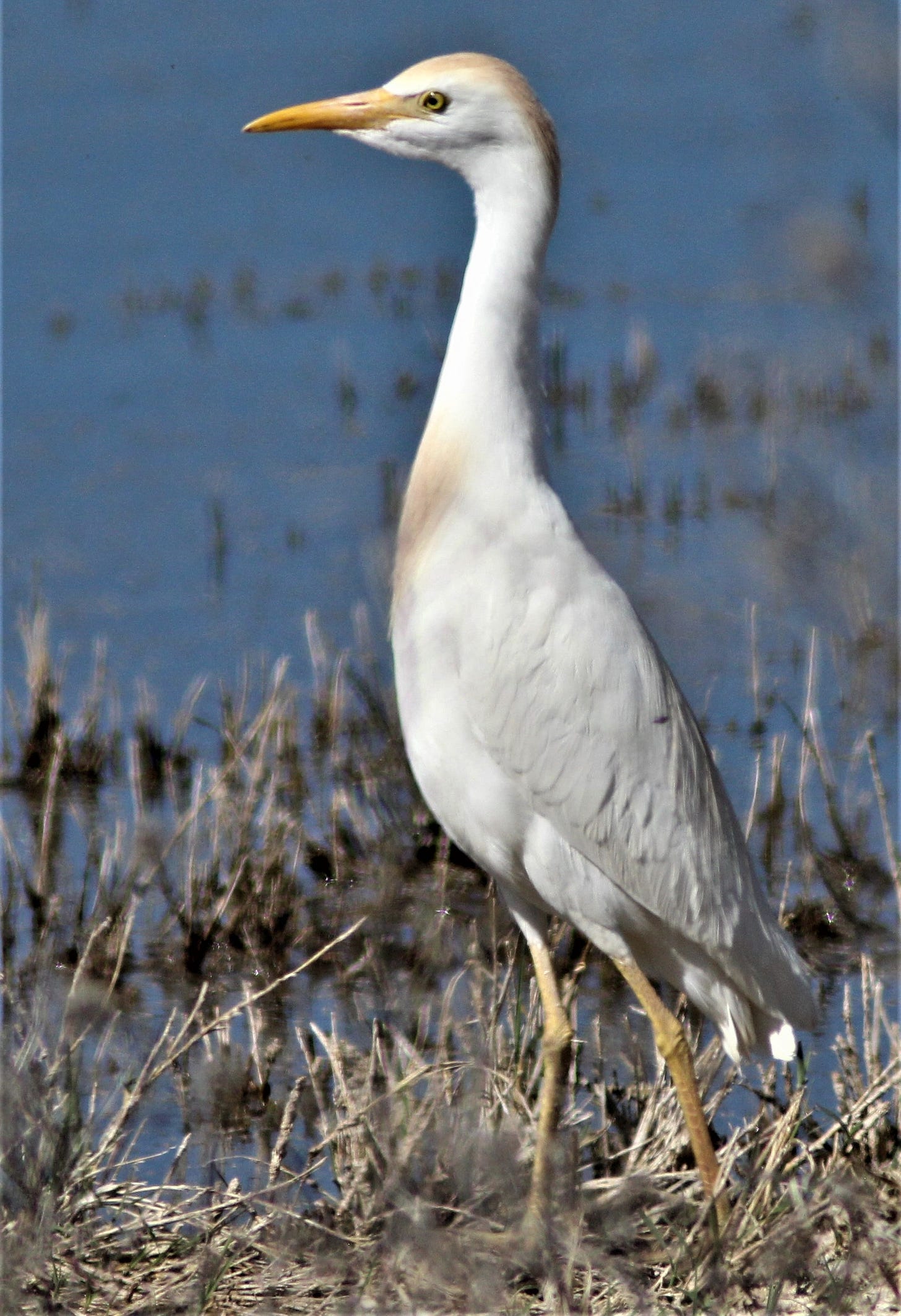
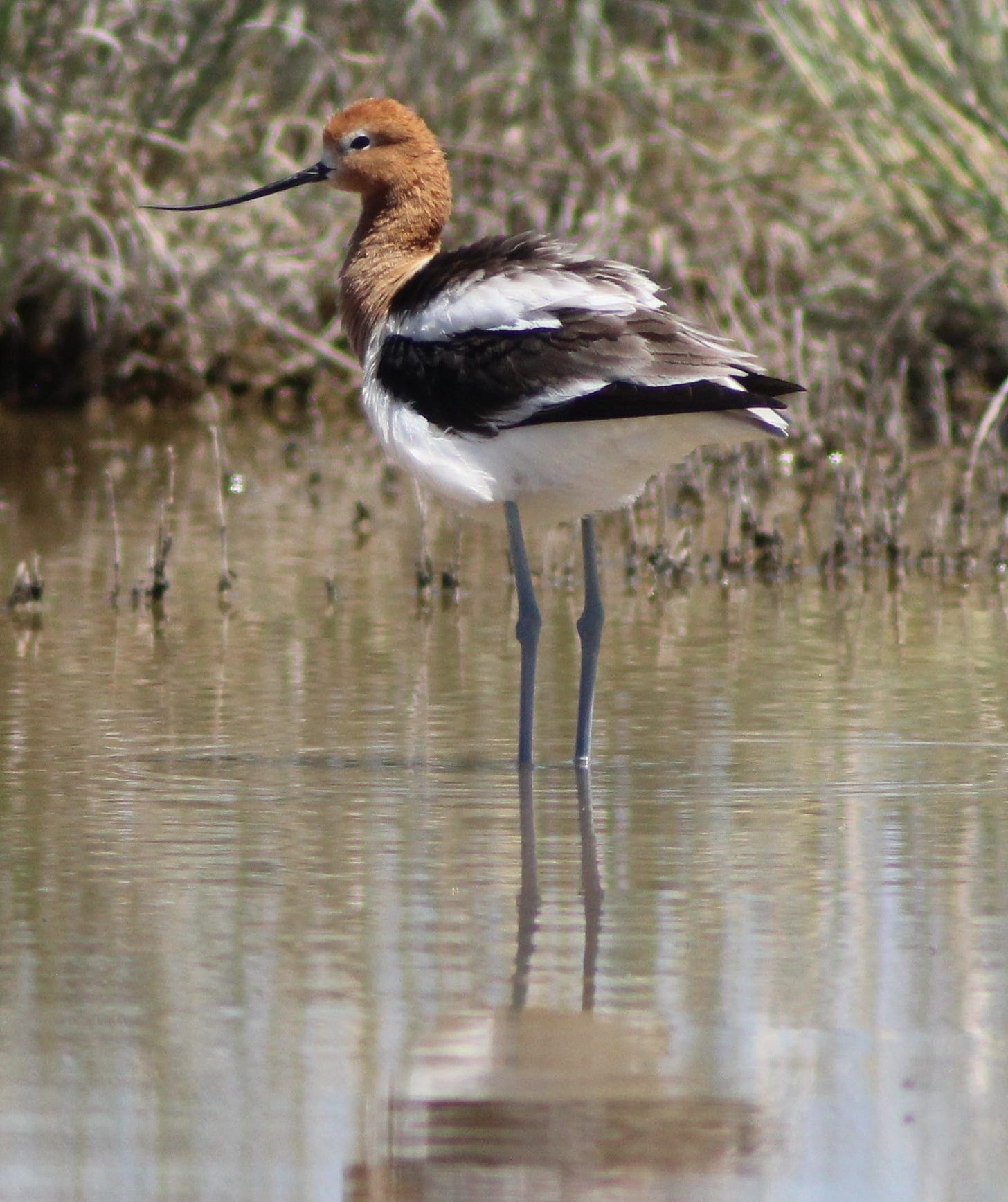
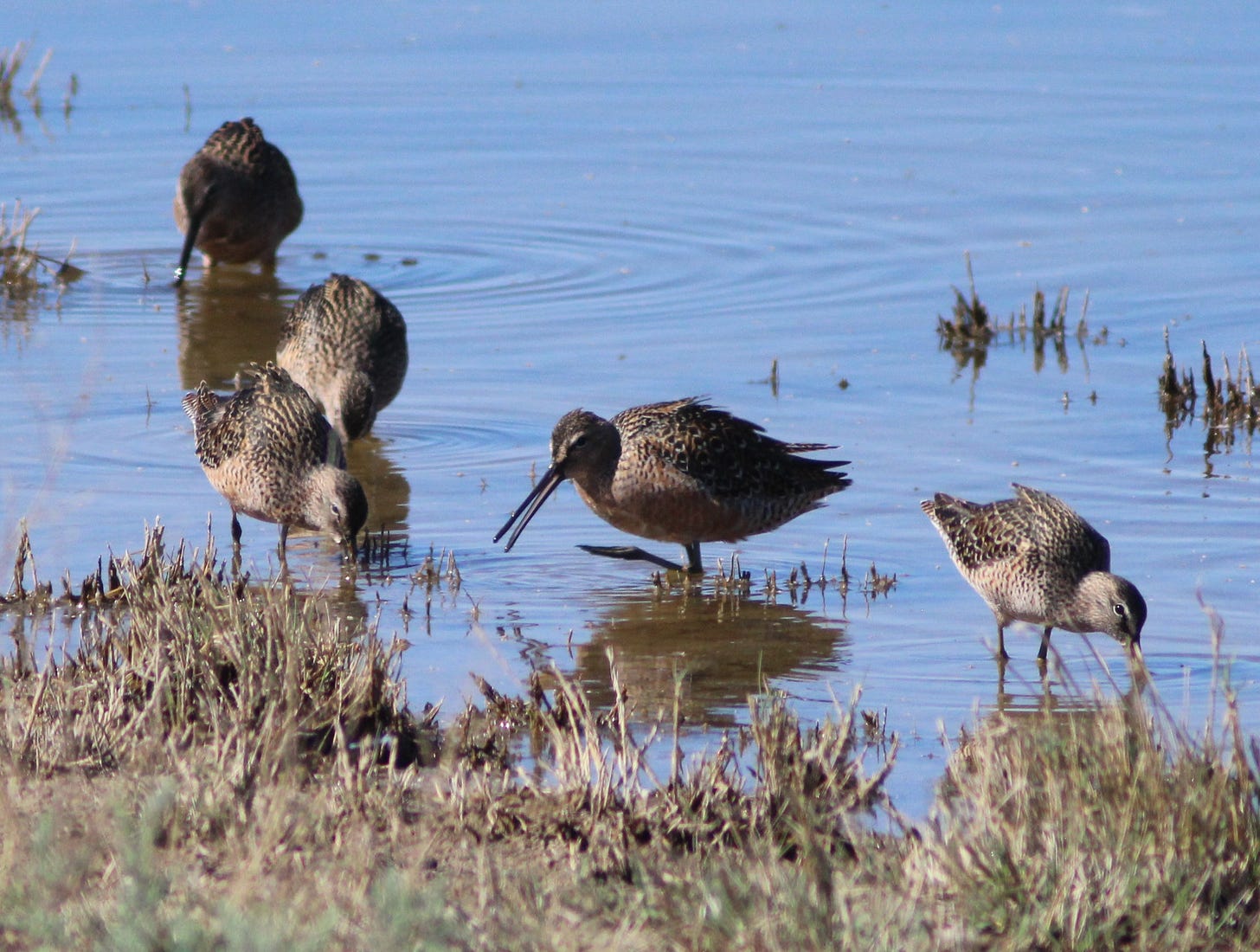
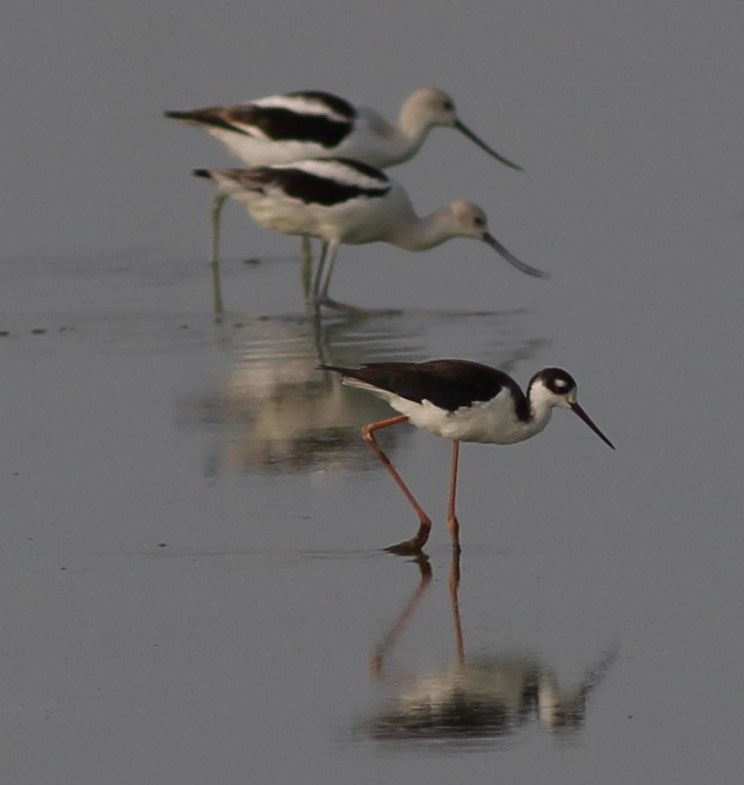
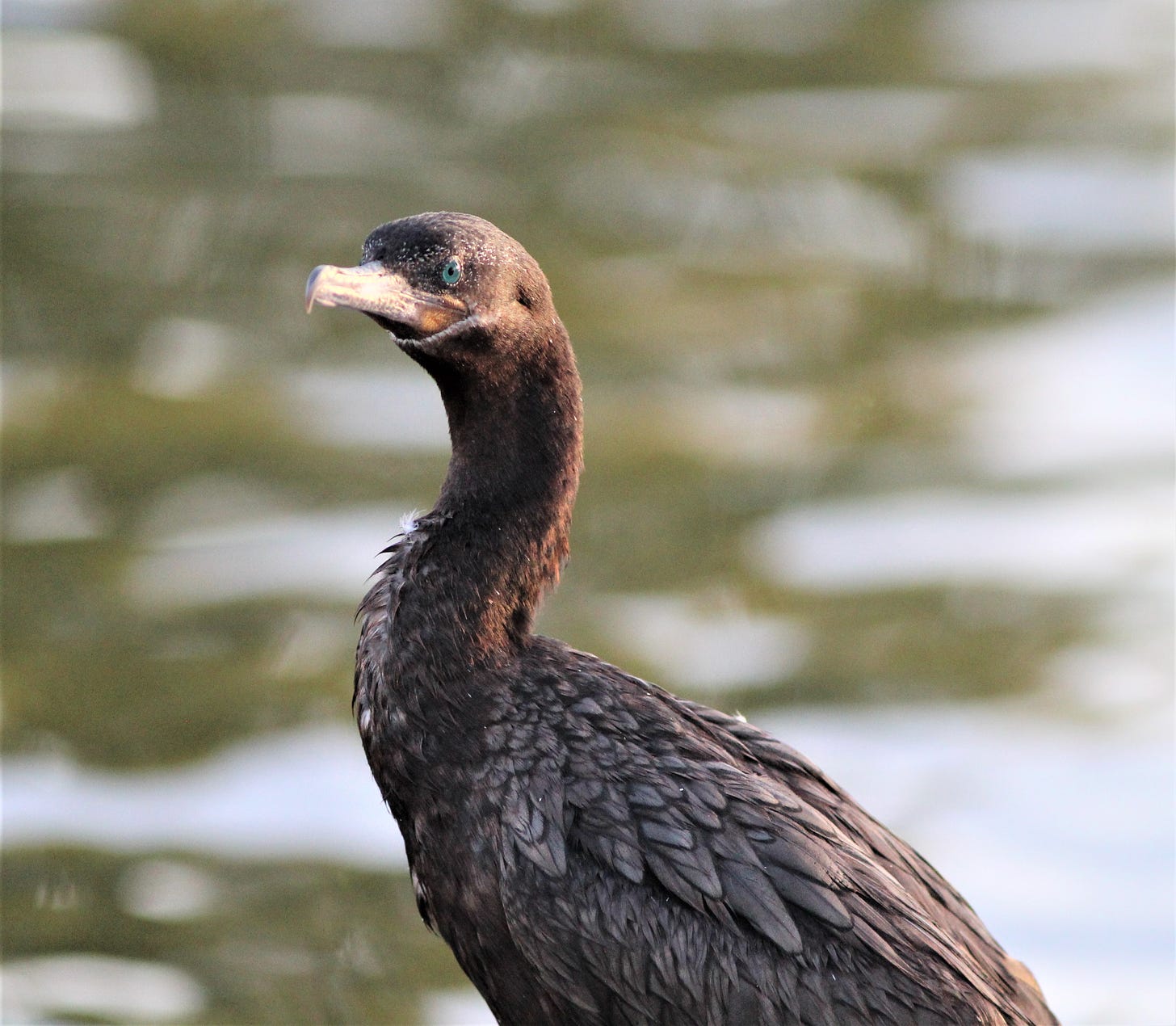
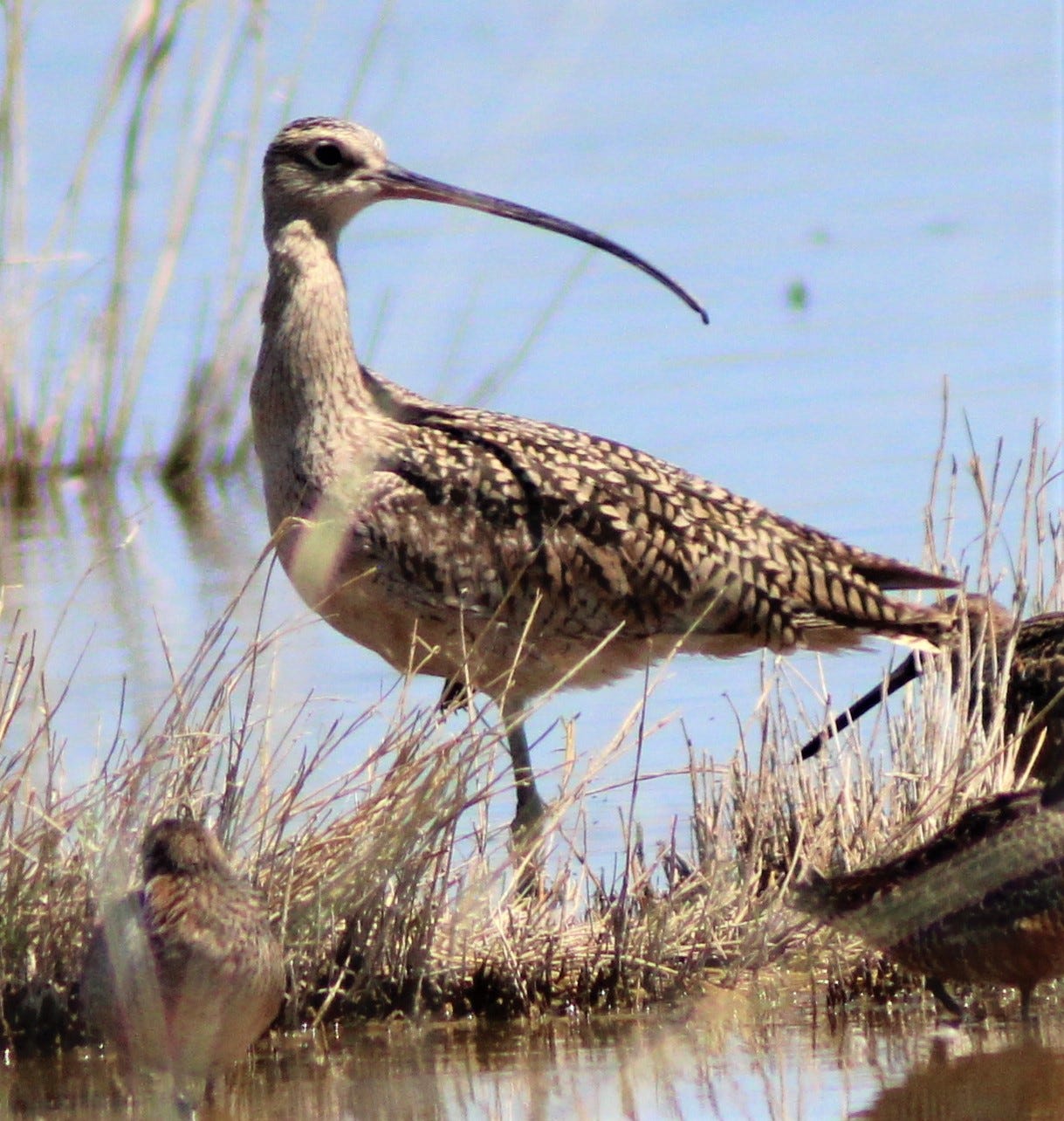
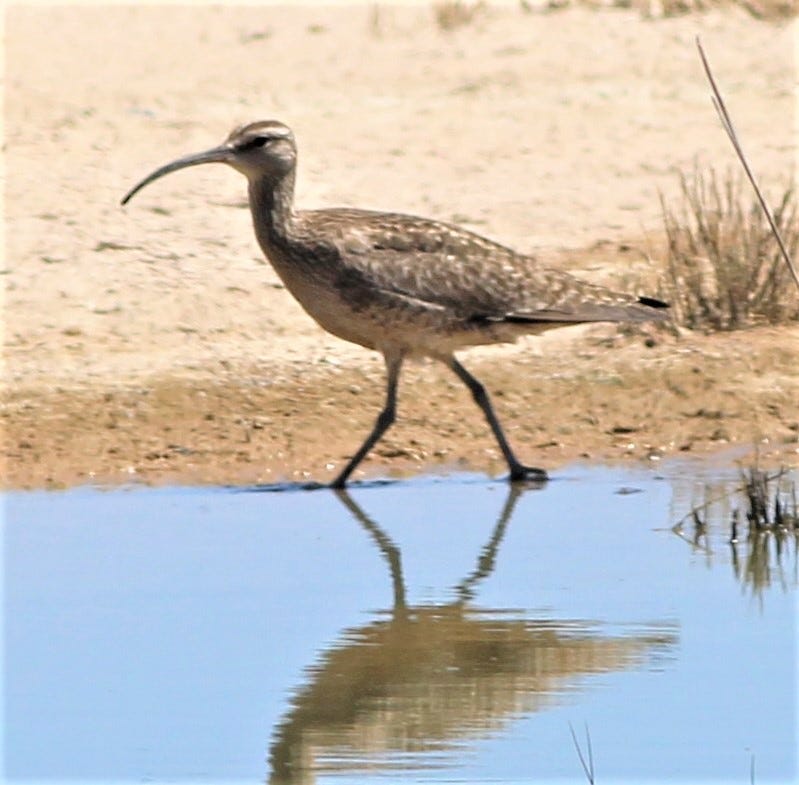
Okay, I now know what not to wear should we ever meet. I do wear my Merrill's until they fall apart though....LOL.
The "snobs" line is just so true of any group.